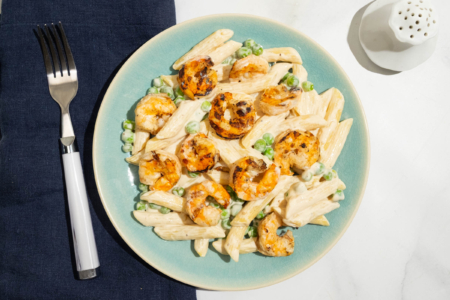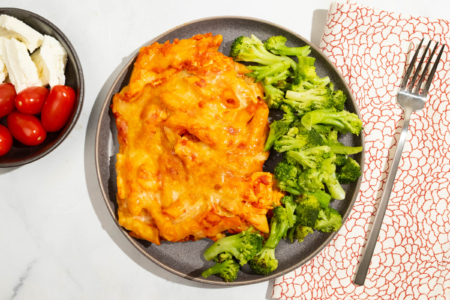You can make your meals more healthy and flavorful with teff, the smallest yet one of the most nutritious grains in the world. Read on to learn more on how to use teff in the kitchen.
What is Teff?
Teff, also known as Williams lovegrass or annual bunch grass, enjoys the privilege of being the world’s smallest grain. Teff is the tiny seed of the Eragrostis tef plant, native to the Horn of Africa. Teff is considered one of the earliest domesticated crops and evidence of its use dates back nearly 4000 years.
Even today, teff is widely cultivated in Ethiopia and Eritrea, where it’s used to prepare Injera, a staple flatbread. Although teff is a kind of millet, it serves as a gluten-free whole grain with loads of nutrition. Teff grains are available whole and in flour from grocery stores and online.
Types of Teff
Teff comes in three major types with key characteristics depending on the region where they grow: white, red/brown, and mixed teff.
1) White Teff: White teff is the most demanding variety only cultivated in the highlands of Ethiopia. This type of teff requires more specific growing conditions with rigorous attention. Thus, white teff is the most expensive and luxurious variety; it is considered a status symbol in Ethiopia.
2) Red or Brown Teff: This reddish-brown teff variety is the most readily available and has a high iron content. Darker teff types like red or brown are more flavorful than white teff with a flavor somewhat similar to hazelnuts with a sweet-nutty taste. Like other teff grains, this variety also comes with high fiber and protein content.
3) Mixed Teff: The third major teff variety is called mixed teff and it contains white and red/brown teff grains. Mixed teff can be used in sweet and savory recipes. It also contains nutrients but possesses iron in lesser amounts than other teff varieties.
Flavor of Teff
Overall, teff has a nutty, earthy flavor similar to quinoa. There are differences in flavor depending upon the grain color: the darker varieties give off slight notes of hazelnuts and chocolate while the lighter ones are mild in flavor.
Uses of Teff

Like many other grains, teff is used to prepare a wide range of sweet and savory dishes. Try making your bread, porridge, pancakes, salads, and crepes with teff grains for a unique sweet-nutty flavor. Ethiopian cuisine utilizes teff flour to prepare staple dishes such as injera, a sourdough flatbread. Teff can be added to soups and stews for a hearty mouthfeel.
Moreover, you can utilize teff flour into cutlets and kebabs to keep the other ingredients intact. Cooking teff like polenta is another great way to incorporate this superfood into your diet. Try out our favorites: Osso Bucco with creamy polenta, Polenta with mushrooms, and sausages with cheesy polenta by replacing polenta with teff.
To reap the many health benefits of teff, you can add this highly nutritious whole grain in place of wheat, barley, quinoa, and other grains.
Feature Image: Flickr user edsel_ (CC BY-SA 2.0)



